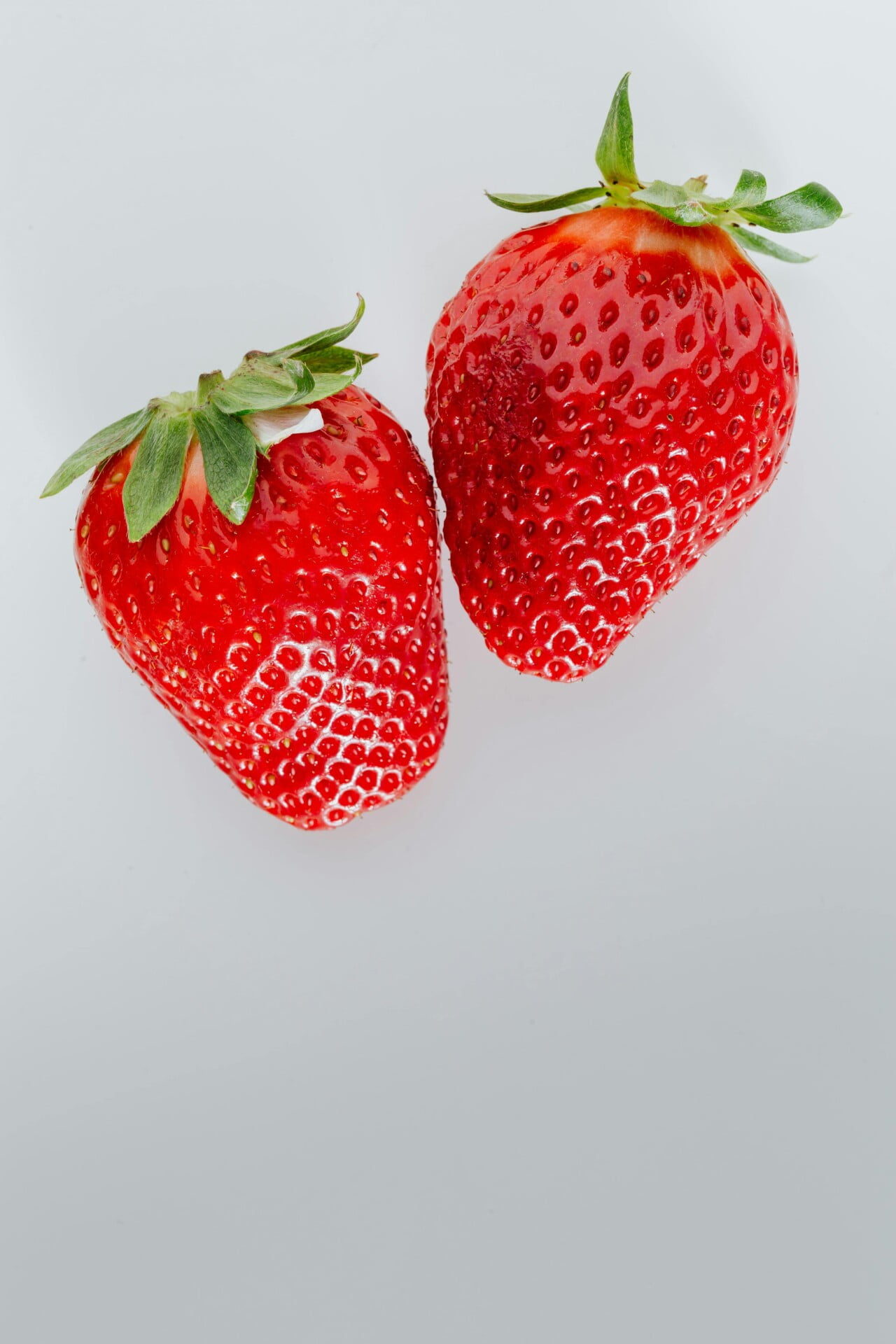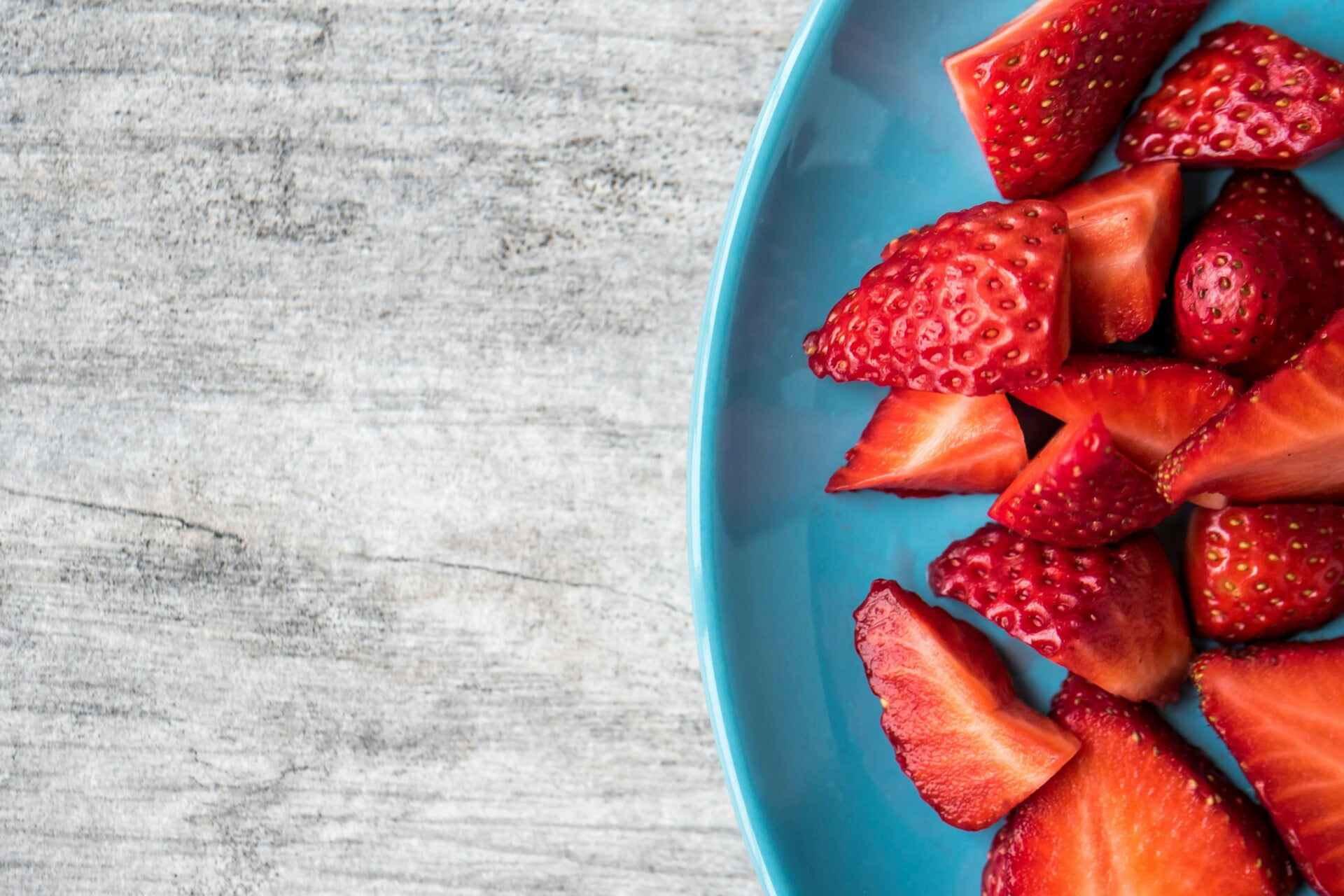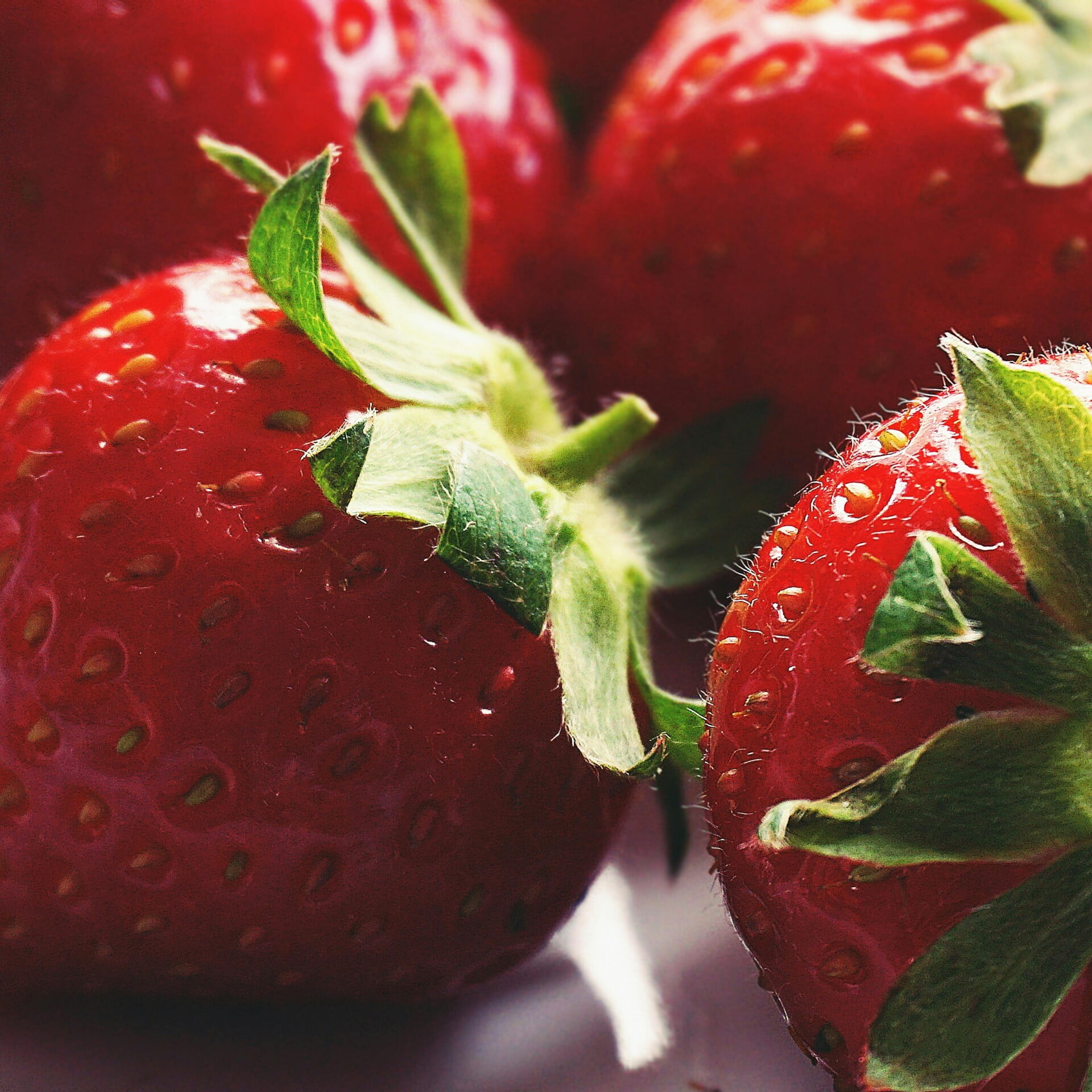Welcome to your guide on how to harvest strawberries from your rooftop garden! Growing your own strawberries at home can be a rewarding experience, and the juicy fruits are a delight to pick and enjoy. In this article, you will learn the best practices for harvesting strawberries to ensure you get the most flavorful and bountiful harvest from your rooftop garden. From knowing when the strawberries are ripe to picking them without damaging the delicate fruit, we’ve got you covered. Let’s dive in and start enjoying the fruits of your labor! Have you ever dreamed of having your own rooftop garden filled with delicious strawberries? Well, today is your lucky day because we are going to show you exactly how to harvest strawberries from your rooftop garden. Whether you’re a beginner or a seasoned gardener, this article will guide you through the process step by step. So grab your gardening gloves and let’s get started!

Choosing the Right Strawberry Varieties
When it comes to harvesting strawberries from your rooftop garden, the first step is to choose the right varieties to plant. There are three main types of strawberries you can grow: June-bearing, everbearing, and day-neutral.
June-bearing strawberries produce a single, large harvest in the early summer. Everbearing strawberries produce two smaller harvests in the summer and fall. Day-neutral strawberries produce fruit continuously throughout the growing season. Consider your climate and how much space you have available before choosing the best varieties for your rooftop garden.
Planting Strawberries in Your Rooftop Garden
After choosing the right varieties, the next step is to plant your strawberries in your rooftop garden. Make sure to select a sunny location with well-draining soil for optimal growth. You can plant strawberries in raised garden beds, containers, or hanging baskets.
When planting strawberries, space them out about 12-18 inches apart to allow for proper airflow and prevent disease. Make sure to plant them at the same depth they were in their nursery containers and water them well after planting. Don’t forget to add a layer of mulch to help retain moisture and suppress weeds.
Caring for Your Strawberry Plants
Once your strawberries are planted, it’s important to take good care of them to ensure a bountiful harvest. Water your plants regularly, especially during hot weather, but be careful not to overwater them as this can lead to root rot.
Fertilize your strawberries with a balanced fertilizer every 4-6 weeks to promote healthy growth and fruit production. Keep an eye out for pests and diseases, such as aphids and powdery mildew, and treat them promptly to prevent damage to your plants.
Pruning Your Strawberry Plants
Pruning is an essential part of caring for your strawberry plants and can help increase fruit production. Remove any dead or yellowing leaves to improve air circulation and prevent the spread of disease.
Pinch off any runners that emerge from the plants to focus the plant’s energy on fruit production. You can also trim back the foliage after the last harvest to encourage new growth and prepare the plants for the next growing season.

Harvesting Your Strawberries
Finally, the moment you’ve been waiting for – harvesting your strawberries! When your berries have turned a deep red color and are plump to the touch, they are ready to be picked.
To harvest your strawberries, gently twist the berry at the stem until it comes off in your hand. Be careful not to pull too hard as this can damage the plant. You can also use scissors to cut the stem just above the berry if you prefer.
Storing and Enjoying Your Fresh Strawberries
After harvesting your strawberries, it’s essential to store them properly to maintain their freshness and flavor. Store unwashed strawberries in the refrigerator in a single layer on a paper towel-lined tray for up to 3-5 days.
You can also freeze strawberries for long-term storage by washing, hulling, and slicing them before placing them in a single layer on a baking sheet to freeze individually. Once frozen, transfer the berries to a resealable plastic bag or container for up to 6-12 months.
Enjoy your freshly harvested strawberries in a variety of ways, such as adding them to salads, desserts, smoothies, or simply eating them fresh out of hand. The possibilities are endless when it comes to enjoying the fruits of your labor from your rooftop garden.

Conclusion
Congratulations, you are now a strawberry harvest expert! By following these simple steps, you can enjoy a bountiful harvest of fresh, delicious strawberries from your rooftop garden. Remember to choose the right varieties, plant strawberries properly, care for your plants, prune them when needed, harvest your berries at the peak of ripeness, and store them properly for maximum freshness.
With a little patience and dedication, you can enjoy the sweet taste of success as you harvest strawberries from your rooftop garden year after year. Happy gardening!
